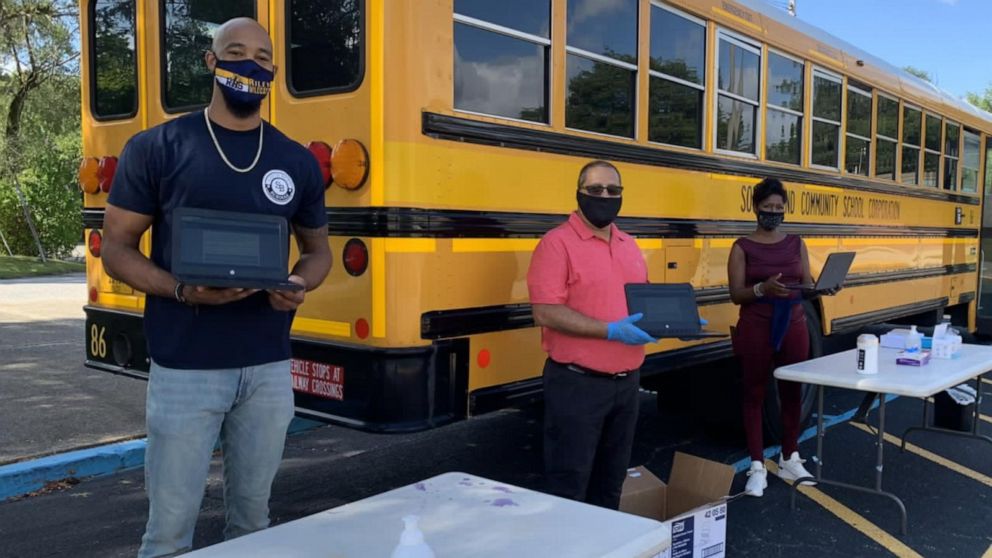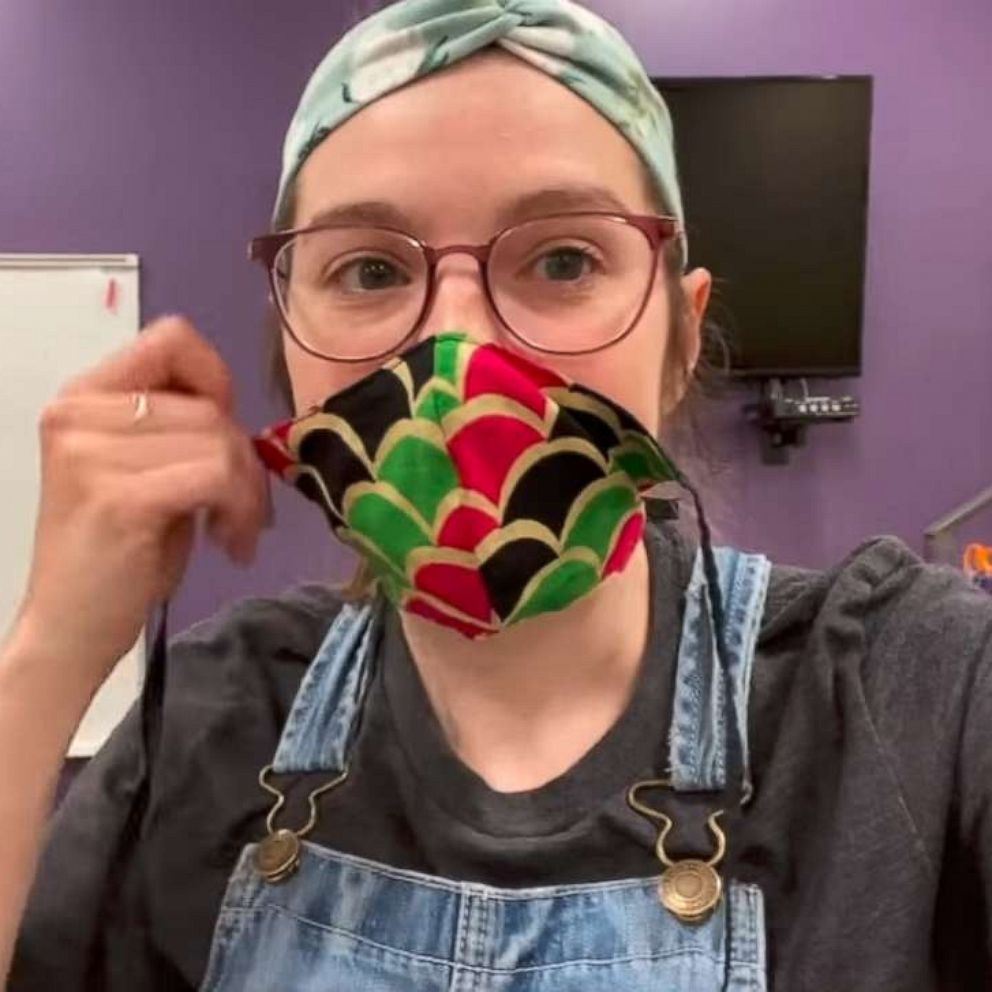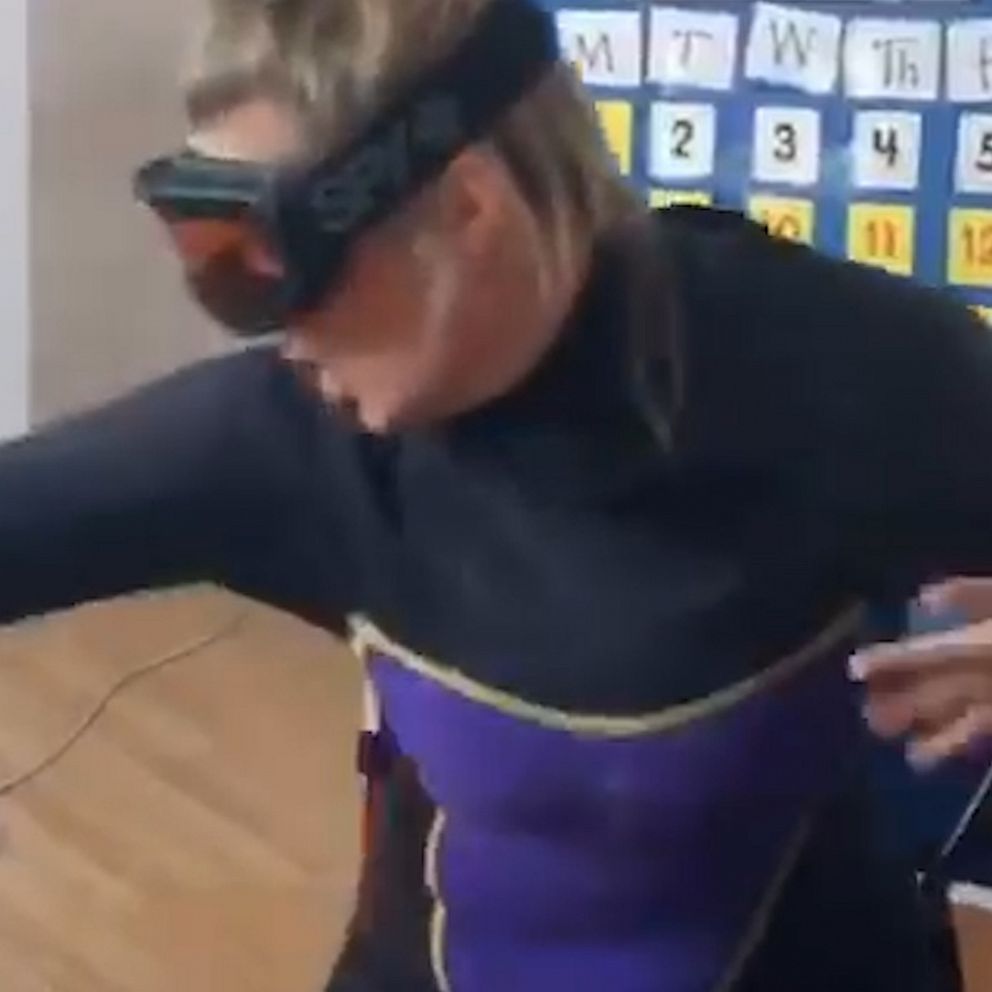Over 15,000 children's homes surprised with free Wi-Fi amid COVID-19 pandemic
Students are struggling each day with online learning due to unreliable Wi-Fi.
Over 15,000 student households in five school districts were gifted with free internet connectivity this morning, as many children struggle with online learning due to unreliable Wi-Fi amid the novel coronavirus pandemic.
"Good Morning America," revealed the surprise today to students attending five public school districts located in Allegheny Valley, Pennsylvania, Jackson, Mississippi, Baltimore, Maryland, Santa Fe, New Mexico and South Bend, Indiana. They will now have five years of free internet connection in their homes, thanks to T-Mobile's Project 10Million--a program that aims to eventually get free Wi-Fi to 10 million students' households in the US.
"It means a lot to the community--to narrow the gap, for students to have the opportunity to have internet access at home. It's amazing," said Shawn Henderson, principal of Riley High School in South Bend. "We're blessed, thank you."
Of the 50 million children learning remotely, between 15 and 16 million lack adequate internet connectivity, according to the Center for Democracy and Technology. As a result, many students have turned to fast food restaurants or school parking lots to access online classes.
In Jackson, where school administrators are dealing with the challenges of online learning, Errick Greene, Superintendent of Jackson Public Schools told “Good Morning America” that about 25 percent of students are not connected through the internet.
Learn more about ways to help teachers on Donors Choose.
The digital divide has been present even before the pandemic hit, with many households without internet access due to racial, economic and geographic inequalities.
"There’s a lot of barriers, infrastructure barriers, cost barriers and just barriers in general to getting people connected," said Brett Slezak, Supervisor of Technology at Allegheny Valley School in Pennsylvania.
In Baltimore, 20,000 families were without access to broadband, which is equivalent to 40,000 students.
And in indigenous communities in New Mexico, 40 percent of students do not have internet access.

"We had some families that might go to town to go to a Starbucks or McDonald's to use Wi-Fi said Kimball Sekaquaptewa, chief technology director at the Santa Fe Indian School.
"They did what they needed to do, but that is just unacceptable in our community," said Sekaquaptewa.
"To keep our tradition strong is to continue to learn our language. And without Internet access, I don't think we'll have the privilege of that," added Marcelina Smith, a member of the Jemez Nation.
Now, as many students have begun the school year across the country, school districts are working hard to close the gap.
In South Bend, where public schools have deployed buses with Wi-Fi to neighborhoods that needed it most, T-Mobile has gifted hot spots with free data for five years through its initiative, Project 10Million, which delivers reliable internet connectivity for free to students who don’t have access to it.
School administrators or parents interested in receiving free hotspots and data for students in their school district can learn more on T-Mobile's website.

In addition, Donors Choose is helping educators receive school supplies during these challenging times.
Learn more about ways to help teachers on Donors Choose.
While it’s been challenging for families across the country during the pandemic, educators and communities all over the country aren’t giving up.
"While there’s great needs, there’s also great sense of soul and heart and care that this community has and demonstrates daily as they help us to ensure that all of our scholars have their basic needs met," said Greene.
"We have to do it all together," Slezak added. “We have to think about what’s best for making everything work for our families."







